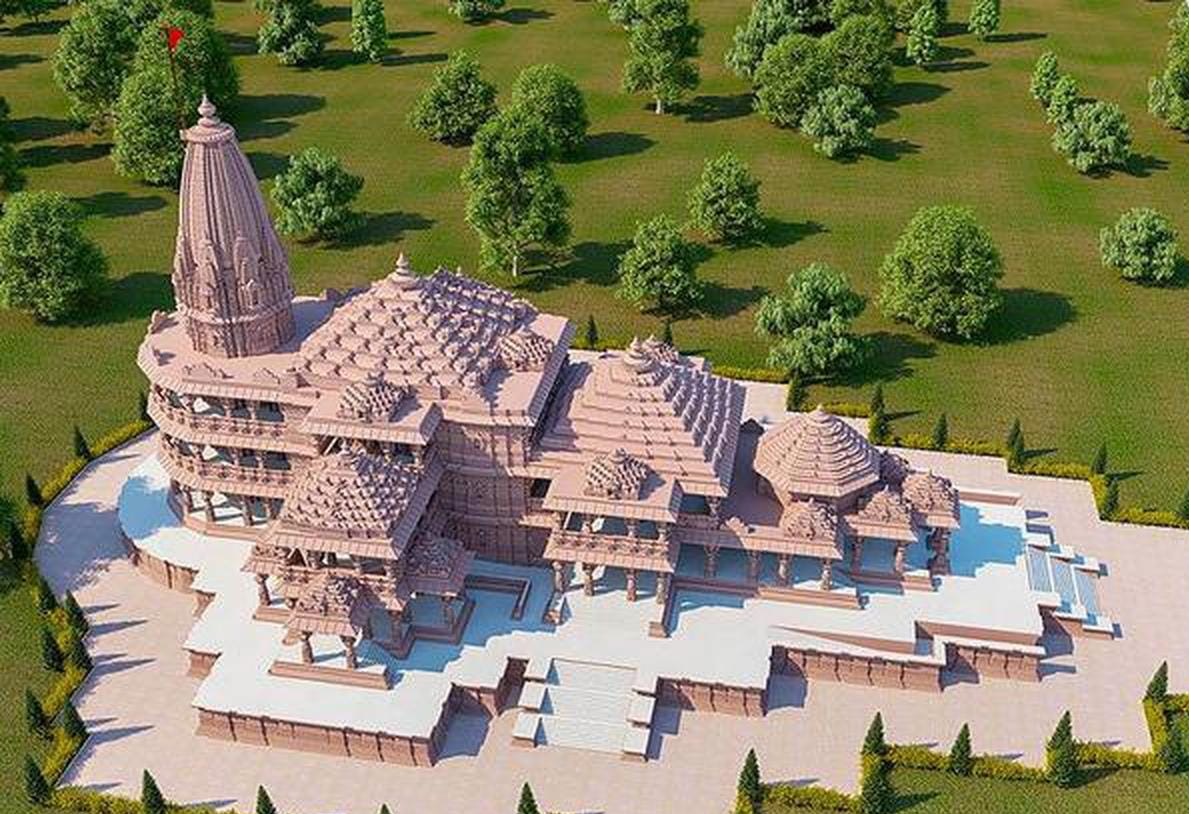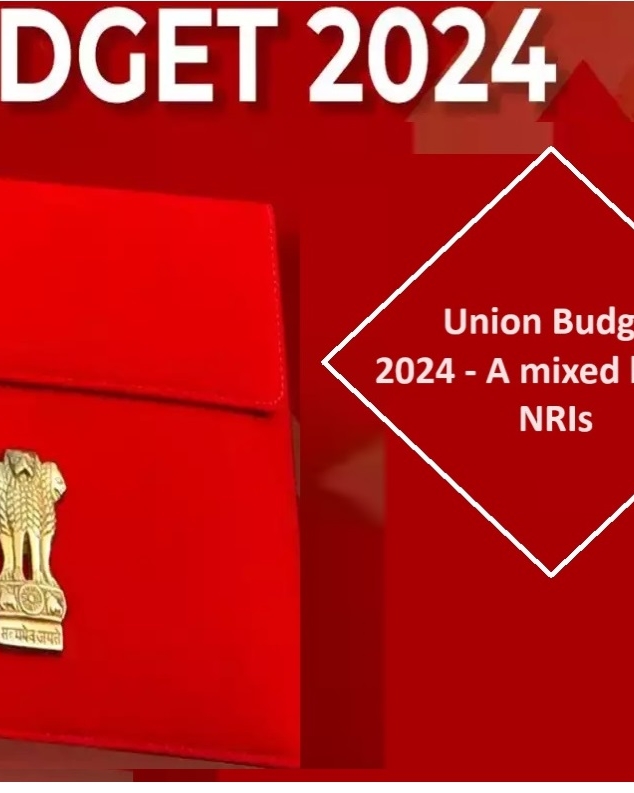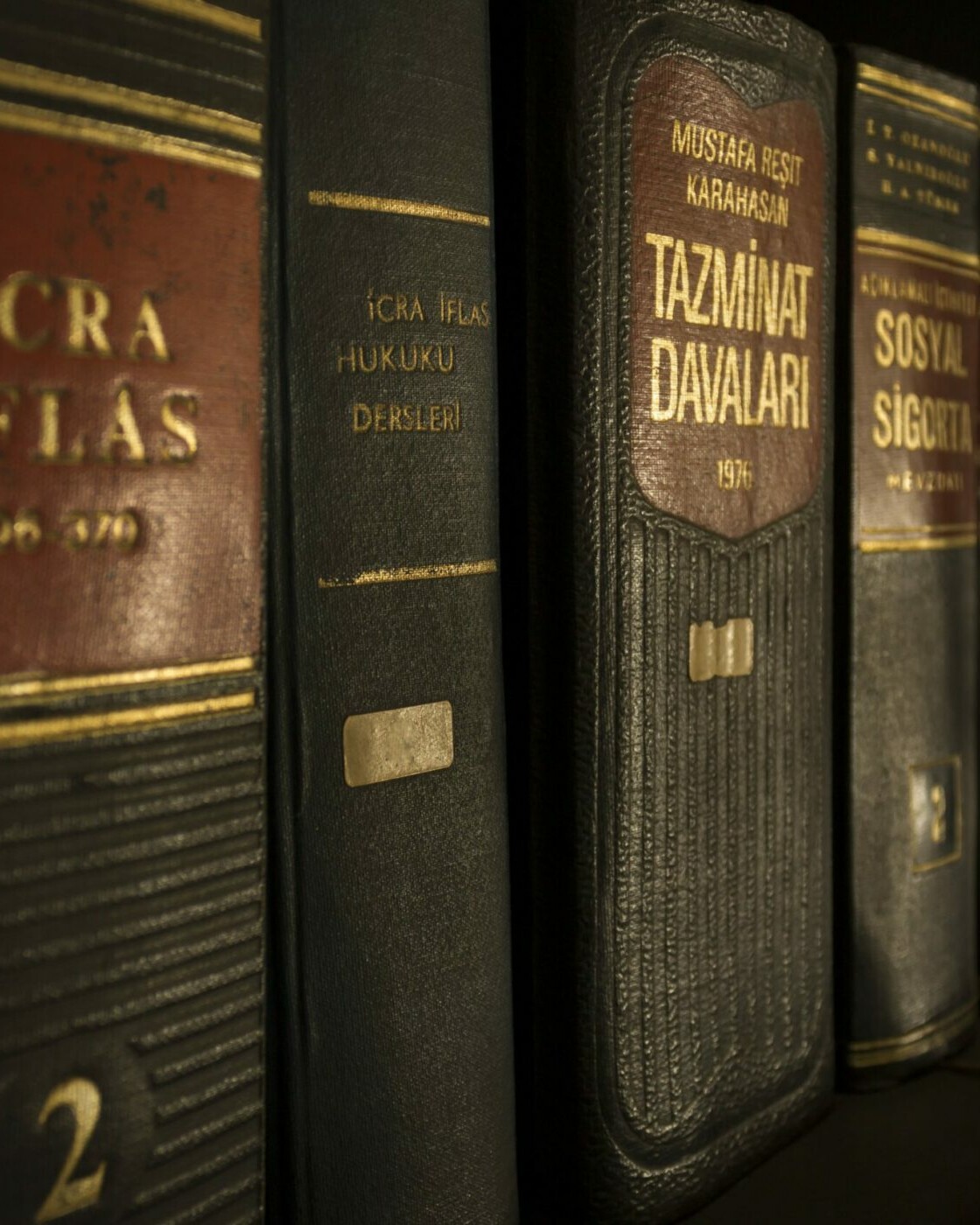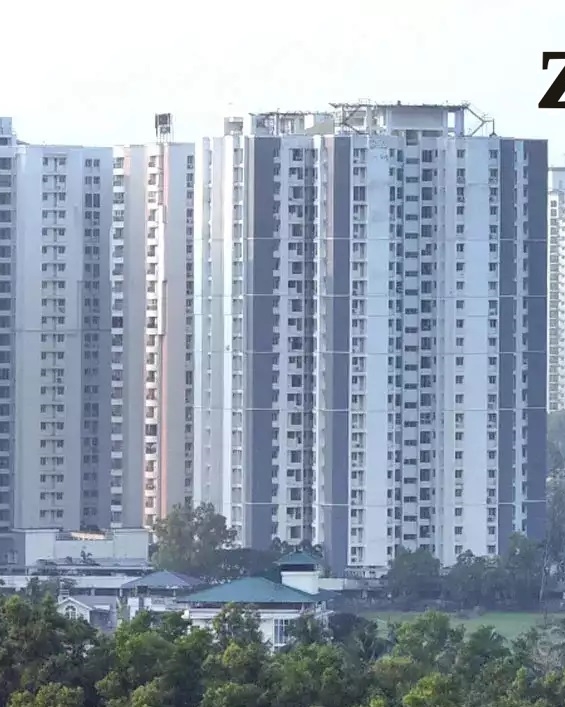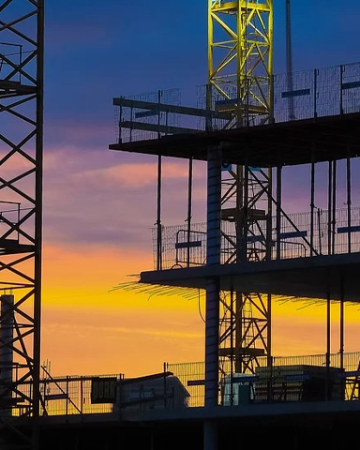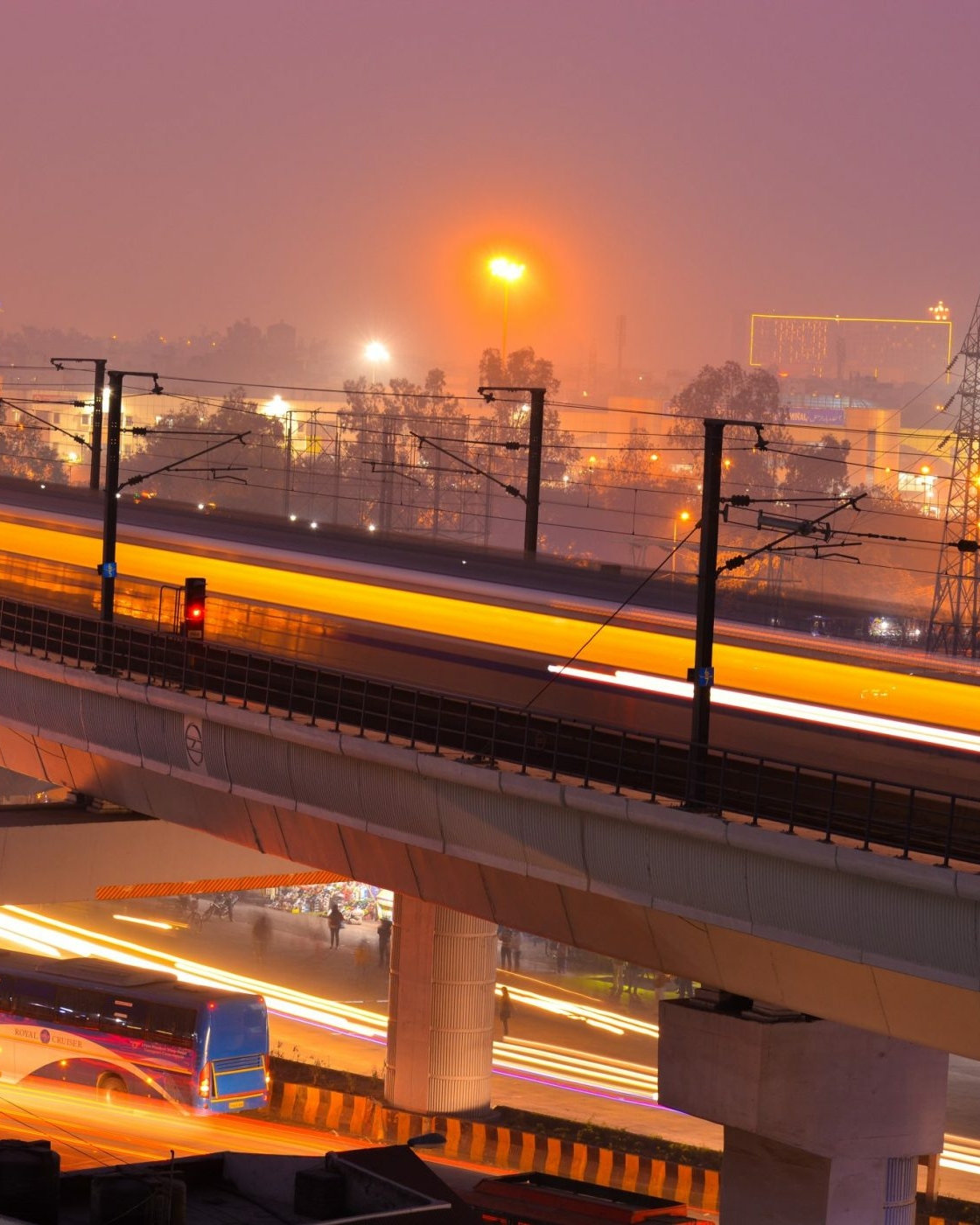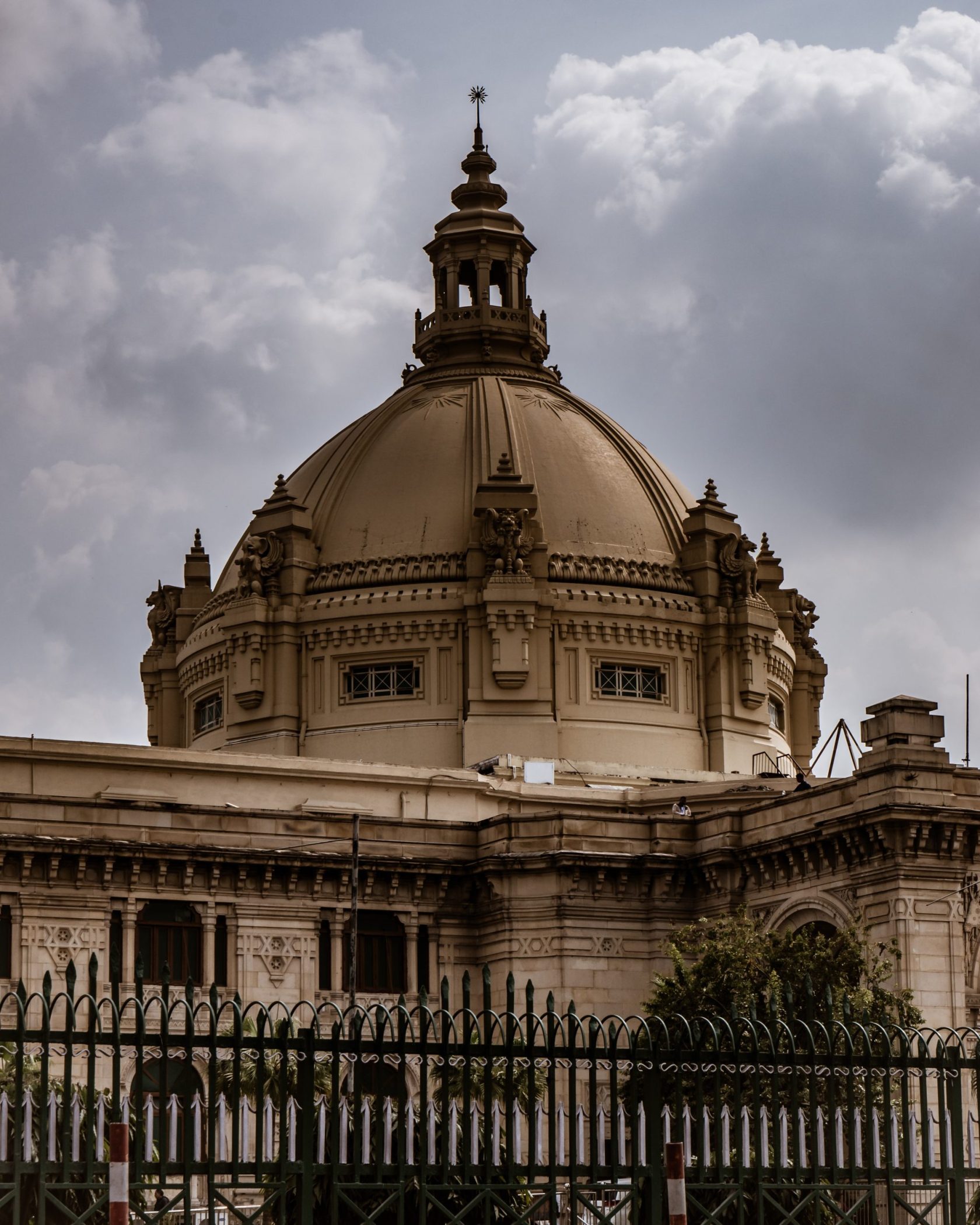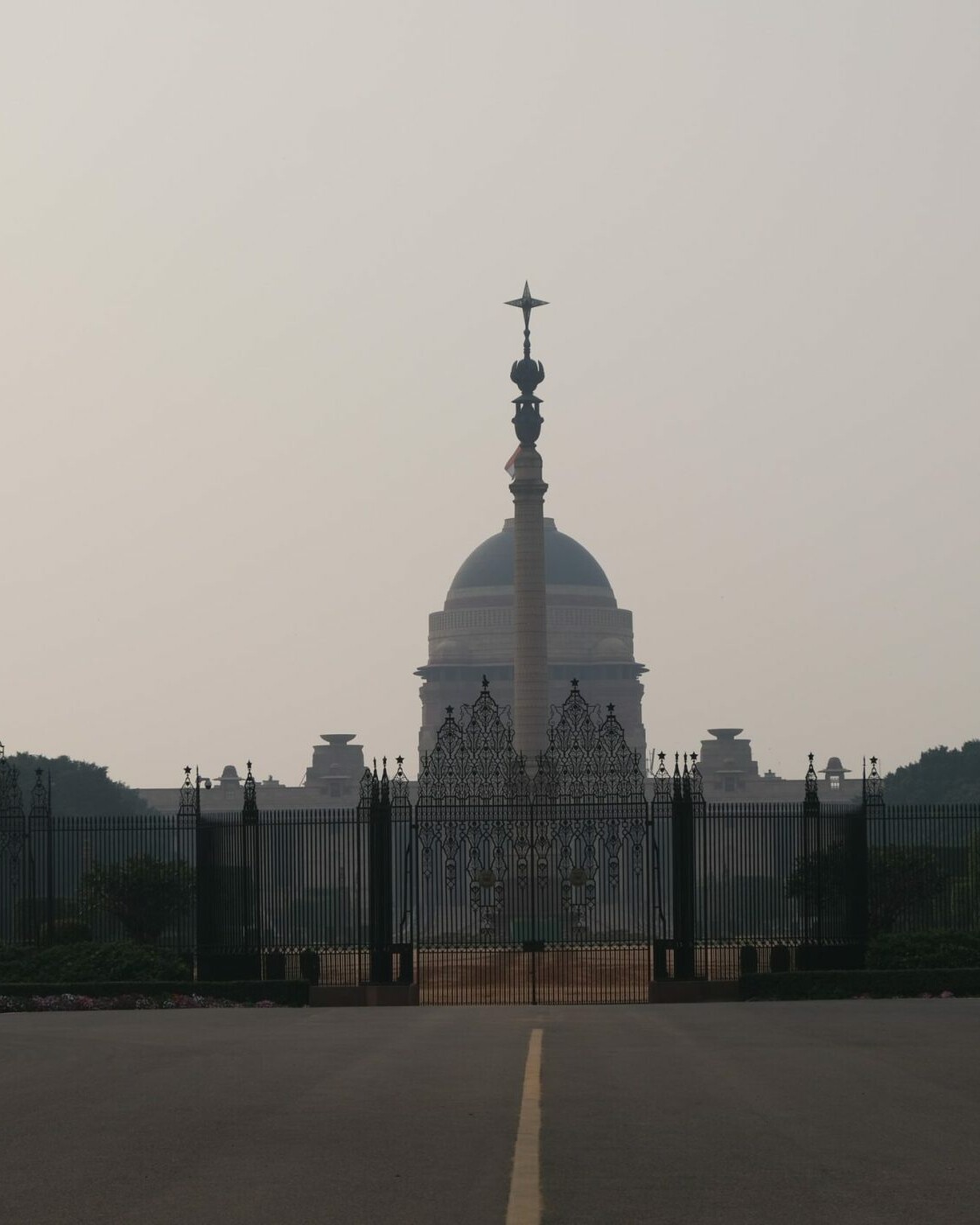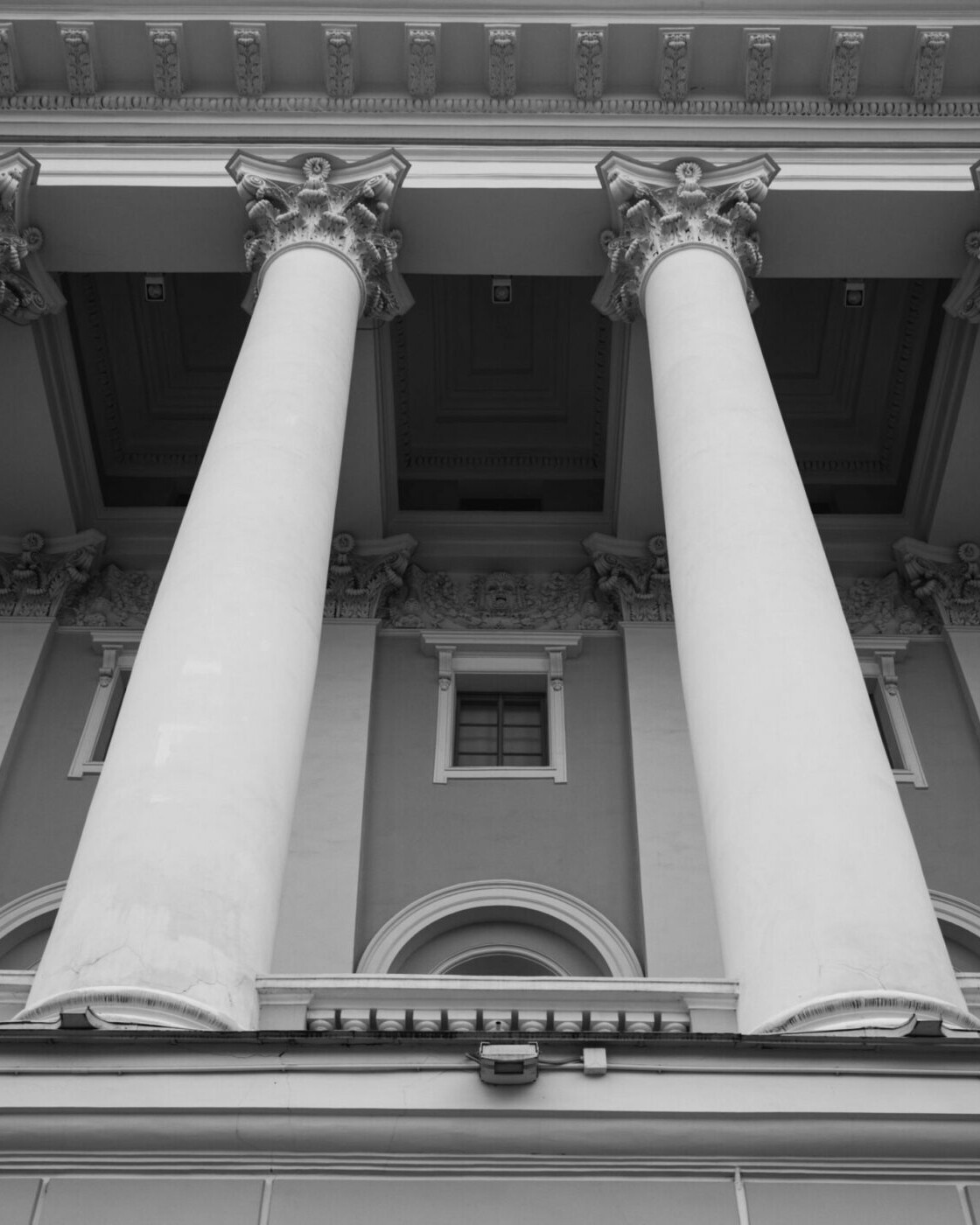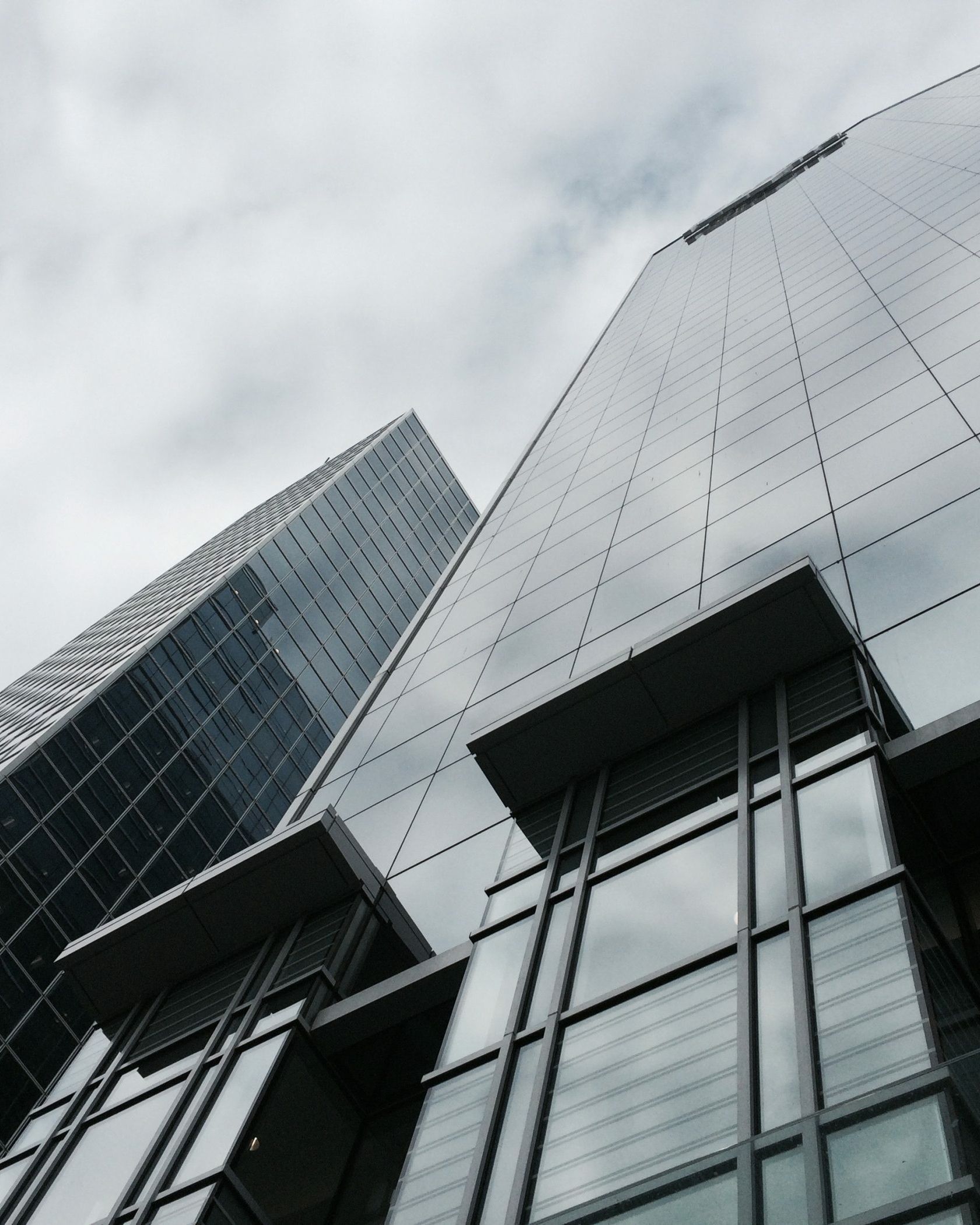Tracing the Journey of Ayodhya’s Ram Mandir
Author: Overseas Indian Desk, at ZEUS Law
The Hon’ble Supreme Court of India has dealt with the longest-going Ayodhya-Babri Masjid land dispute that has taken a lot of political, historical, and socio-religious turns. The case went through the second longest hearing in the history of cases decided by the Apex Court after Keshavananda Bharti’s case.
A brief history
The main issue of land dispute started back in 1853 when communal clashes over Babri Masjid happened. In January 1885, Mahant Raghubar Das, the chief priest of the Ram Chabutra filed a suit seeking permission to build a temple in the outer courtyard of the mosque. The main fight for the land started after an idol of Lord Ram appeared in the sanctum of Babri Masjid. Thereafter, many title suits were filed and the gates of Masjid were locked on account of matter being sub-judice.
Many suits were also filed by Nirmohi Akhara, a Hindu sect, to claim absolute right on the land and other set of cases by Sunni Central Waqf Board and nine Muslim residents to declare the entire disputed site of the Babri Masjid, a public mosque. After a series of title suits, all the suits were shifted to Allahabad High Court. A three-judge bench was formed to hear the case, wherein the Court ordered an archaeological survey for carrying out a scientific investigation and surveying the disputed site in 2002, which presented evidence of a temple under the mosque.
Allahabad High Court held in a split 2:1 verdict that the Hindu and Muslim parties were joint holders of the disputed premises. One-third of the disputed property was allocated to the three parties – Bhagwan Shri Ram Virajman, the Sunni Wakf Board, and the Nirmohi Akhara. However, the division bench of the Supreme Court stayed the Allahabad High Court ruling describing the judgment as “strange” since the partition was not requested by any of the parties. A Five Judge bench of the Apex Court referred the case to mediation in February, 2019 but the same came out to be inconclusive.
In November 2019, the Apex Court in M Siddique and LRs vs. Mahant Suresh Das and Others awarded the title of disputed property to the deity, Shri Ram Virajman and directed the State to grant the Sunni Waqf Board five acres in a prominent location in Ayodhya for the construction of a mosque. The foundation stone for the proposed Ram Temple was placed in August 2020 and recently in January 2024, in a grand ceremony, reportedly attended by over 7000 people including Non-Resident Indians (“NRIs”), the Ram Temple at Ayodhya was inaugurated by Hon’ble Prime Minister Shri Narendra Modi in the “Pran Pratistha ceremony”.
Ayodhya – an abode for cultural and economic growth
The Supreme Court’s verdict has been widely lauded, claiming to strengthen India’s social fabric. A notable outcome of the decision is that it has given an opportunity to the NRIs to contribute to the temple, even before its final opening. Further, the trust in charge of the Ram temple complex development is expected to get permission from the Union Home Ministry to accept foreign donations through NRI accounts by November this year. The move is a special occasion, which gets NRIs actively involved in the efforts of building and renovating the revered temple. Currently, the trust is already receiving substantial monthly donations of over ₹1 crore from pilgrims and individuals from different parts of the country. It is poised to significantly increase financial support for the development of the temple by including migrants in the donation scheme.
Besides, the donations to the Ram Mandir for the purpose of renovation/repair of the Mandir to “Shri Ram Janmabhoomi Teerth Kshetra” are eligible for deduction under Section 80G(2)(b), subject to other conditions mentioned under section 80G of the Income-tax Act, 1961. This would be beneficial to the NRI’s paying taxes to the Indian Government.
The inauguration of the Ram temple has triggered a wave of devotion, attracting lakhs of devotees who rush for darshan. This significant development is having a huge impact on the economy of Ayodhya which will aid in booming the real estate market of the area. Therefore, Ayodhya is becoming a sought-after property market for Indians and NRIs as it promises economic opportunities and cultural exchange in the region.
Thank you for reading! We hope you find the newsletter informative and insightful. For any queries, concerns or assistance, please feel free to reach out to us at [email protected]


